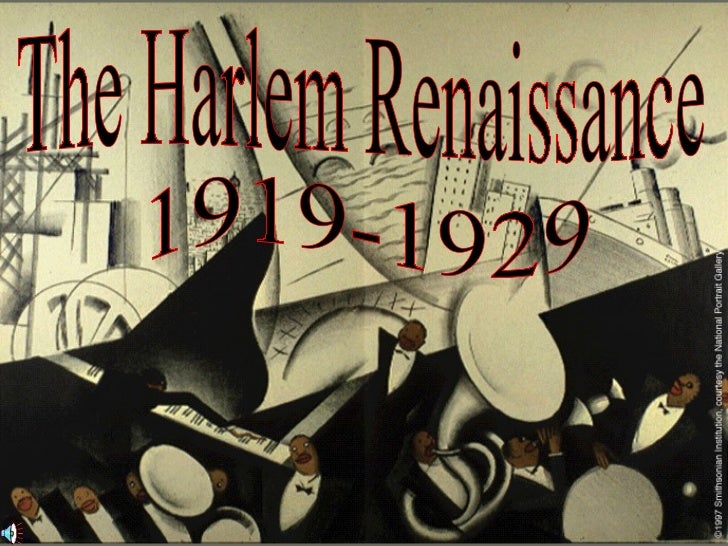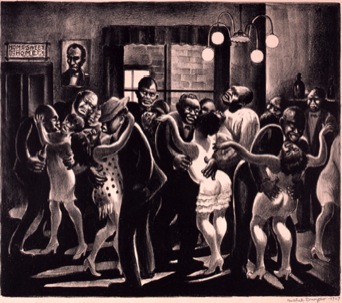“Scott Bradlee’s Postmodern Jukebox” is a must see show with delightful music. Its fresh take on new songs can bring even the most passive music fans into a metaphorical time machine to appreciate the music styles of the 20s, 30s, and 40s.
Singer Casey Abrams, formerly known for finishing in sixth place in the tenth season of American Idol, does a fantastic job of bringing alive the styles of Louis Armstrong and Bing Crosby. Haley Reinhart, known for finishing third in the tenth season of American Idol, also does a great job of breathing the life of artists like Billie Holiday into songs like Iggy Azalea’s 2014 hit, “Fancy.” Moreover, it was also a nifty experience to see the performers, and even many audience members, dressed in period clothes.
Sporting more modest roles in the show were Robyn Adele Anderson and Joey Cook. The pair sang a few solo songs, but mainly served as back-up vocalists for Casey Abrams and Haley Reinhart. The were fantastic in their own right. They were great at complimenting Abrams and Reinhart, and their select songs were spectacular. In particular, Cook’s rendition of the Plain White T’s hit “Hey There Delilah” performed in an early 1920s styles with an ukulele.
As an additional source of rhythm, the Postmodern Jukebox featured tap dancer Sarah Reich. It was truly breathtaking to see her use her tap dancing skills and keep in time rhythmically with the music. It is clear she gave it her all despite showing little signs of being winded.
One could also argue Tim Kubart, credited as “tambourine guy,” was also a performer. His role in the show was a little confusing. During a few songs he would come on stage, play the tambourine, and dance around a bit. I suppose his role was a combination of comic relief and to keep the audience excited and enthusiastic. By that measure, Kubart did a very good job. It was always quite funny to see him dance around.
However, the real shining star of the show was the band. The band, consisting of Ben Golder-Novick on the saxophone, Rick Becker on the trombone, Adam Kubota on the standup bass, and Stanley “Chip” Thomas on the drums, made the theater come to life with music. Even when the singers sang off key, which they rarely did, the band was able to pick up the slack and still make the performance quiet amazing.
On that note, my one complaint would be the few songs in the middle of the performance where Casey Abrams plays the bass instead of Adam Kubota. I am not quiet sure why Bradlee and his team chose to make him do that. Perhaps because it is an interesting visual to see someone play an upright bass while singing, which admittedly it was. However, Abrams singing was lackluster during these segments. It is clear, juggling both his vocals and a complex instrument is too complicated for even someone of his caliber and talent.
The Postmodern Jukebox was only complimented by the venue. One of their first performances of the tour, and the one I attended, was held at St. George Theater located on the North Shore of Staten Island. The St. George Theater is a smaller theater that was built in 1929. There are two reasons why the theater helped the performers immensely. First, as previously mention the theater is comparably small. The theater seats a little less than two-thousand people. When it was first built, the balcony and mezzanine originally had 1,400 seats and the orchestra section had another 1,600; about two thirds of those remain today. This allowed the evening to have an intimate relationship between the show and the audience. Even the seats in the far back could clearly see the spectacle and feel the energy of the stage. Second, the St. George Theater has a vintage setting, which is fitting for the music. This is because the theater was actually built during the period the performers are attempting to recreate. The theater has velvet seats, gilded balconies, and grand staircases. A truly spectacular choice when compared to the larger, more modern theaters the Postmodern Jukebox could have easily preformed in.

Musician, pianist, and arranger Scott Bradlee and his performance group, the Postmodern Jukebox, had their start on YouTube. Their videos trended for taking modern pop songs and rearranging them into vintage styles, as if they had of been written back in the early 1900s. Their most popular video, a rendition of Miley Cyrus’ “We Can’t Stop,” received 14.5 million views. Know this, I personally was a bit skeptical. It is not a simple transition from producing 5 minutes clips into a two-hour show.
Luckily, the group managed to make the performance look natural and effortless. The energy within the crowd was invariable constantly on high. I believe this is partially because of his humble start on YouTube. What I believe is that this gave the performers a cult following of sorts. Personally, I knew little about the group before the show, but I would imagine most of the crowd were fans from YouTube originally who over time grew to love the group. This was clear by their enthusiasm and willingness to dress in clothes of the respective era. Fans of the Postmodern Jukebox are certainly a tight-nit community, and Scott Bradley should be proud of this.












 ment of colored lights. Meant to depict the bacteria that can be found in natural settings, these lights bring a strangely alluring feeling to the room even though they represent something much less appealing to the mind. I’m sure this will be a big attraction. It is probably the easiest piece of work on the eye in the entire exhibit.
ment of colored lights. Meant to depict the bacteria that can be found in natural settings, these lights bring a strangely alluring feeling to the room even though they represent something much less appealing to the mind. I’m sure this will be a big attraction. It is probably the easiest piece of work on the eye in the entire exhibit.
Recent Comments